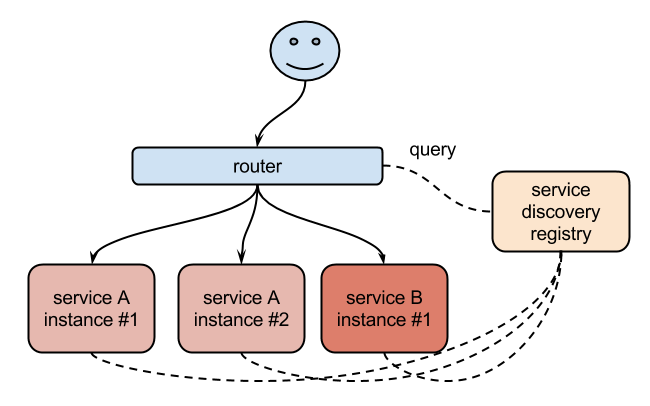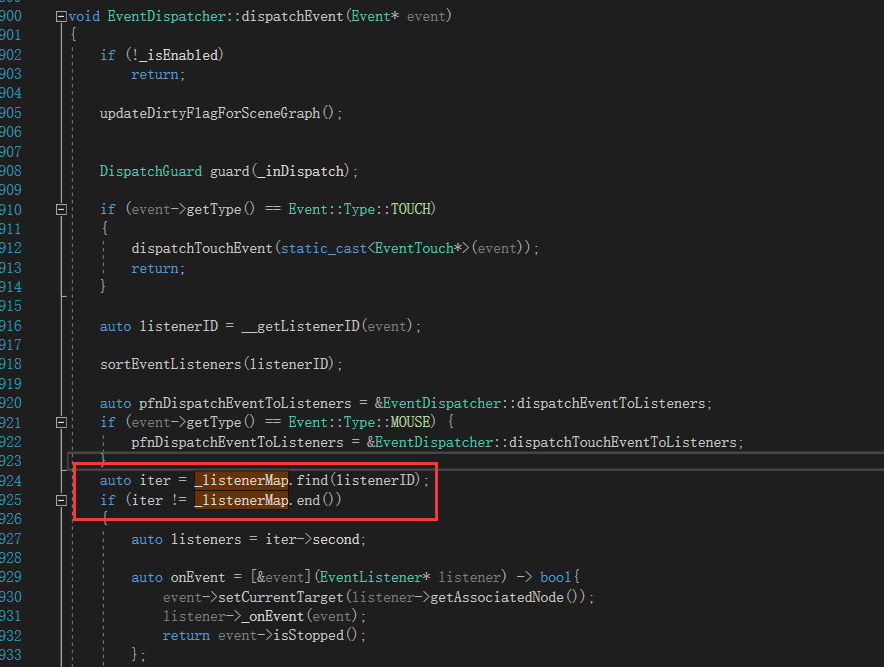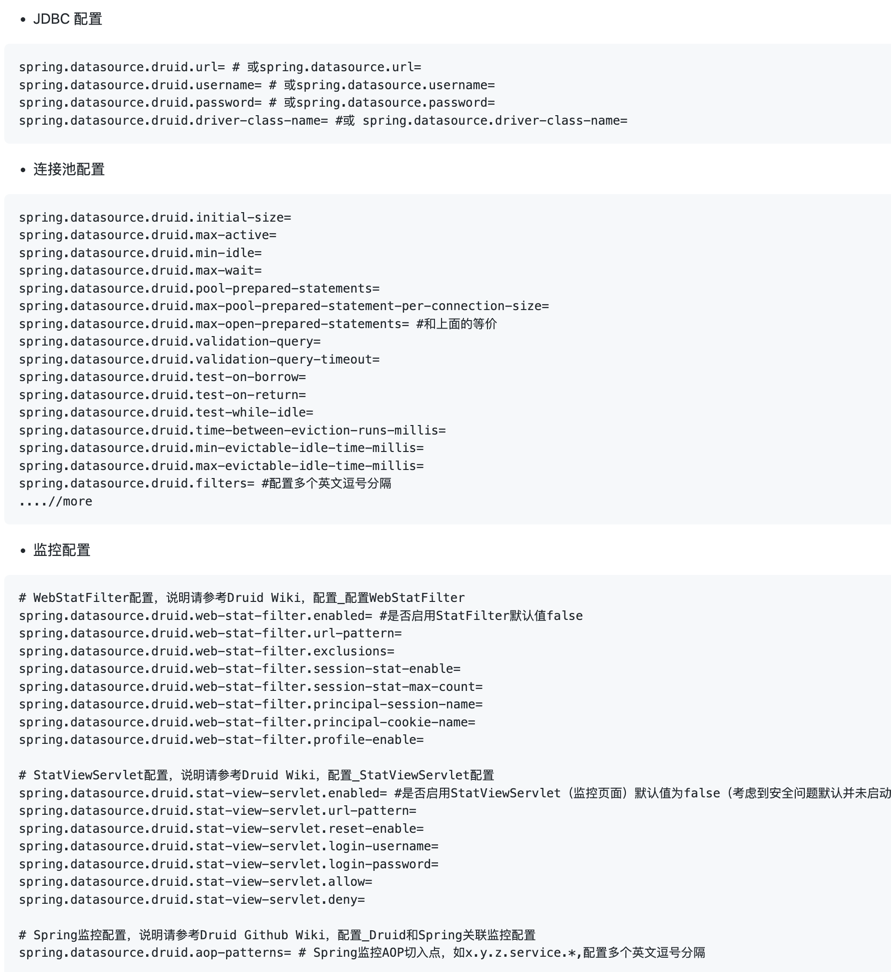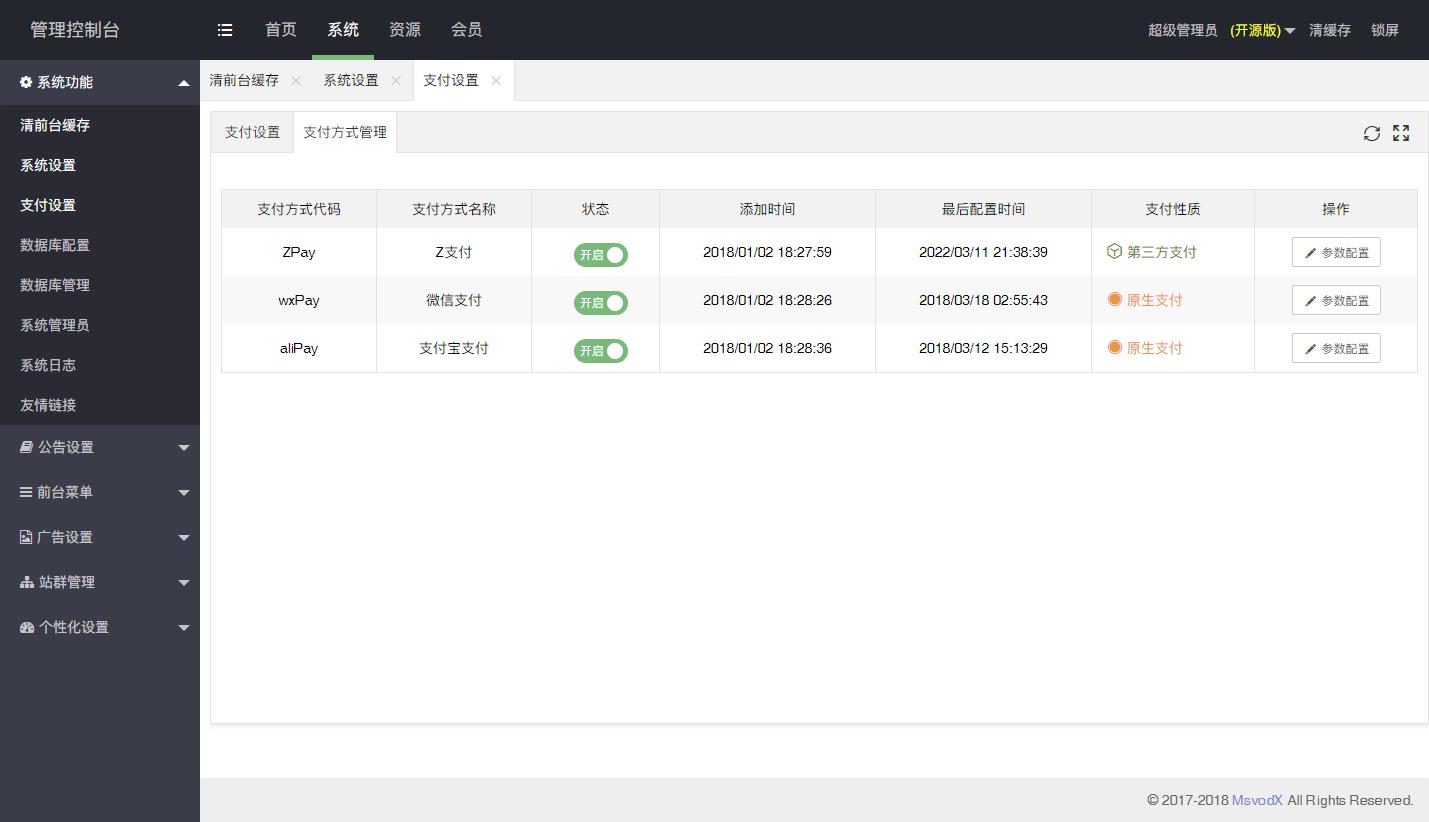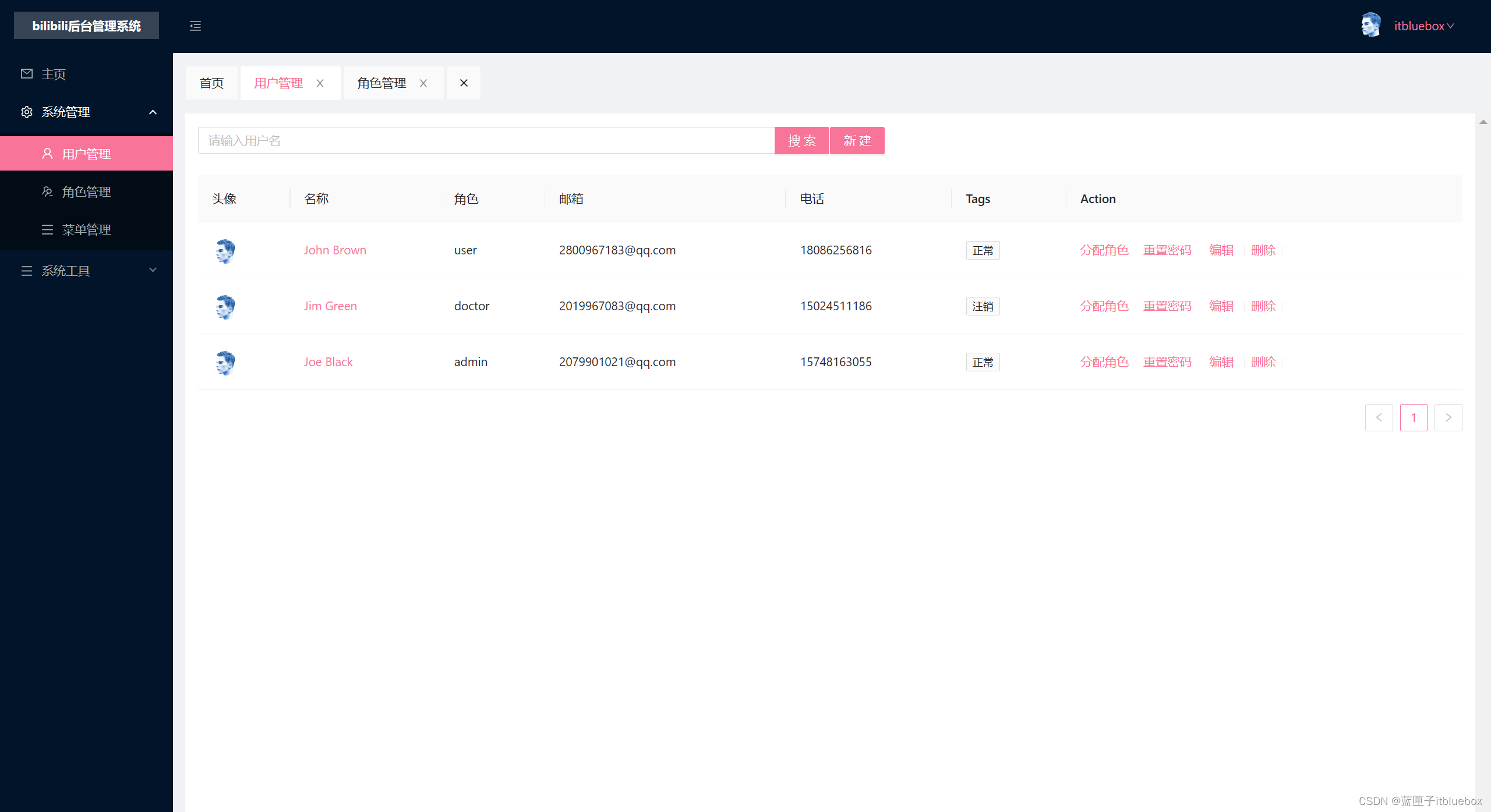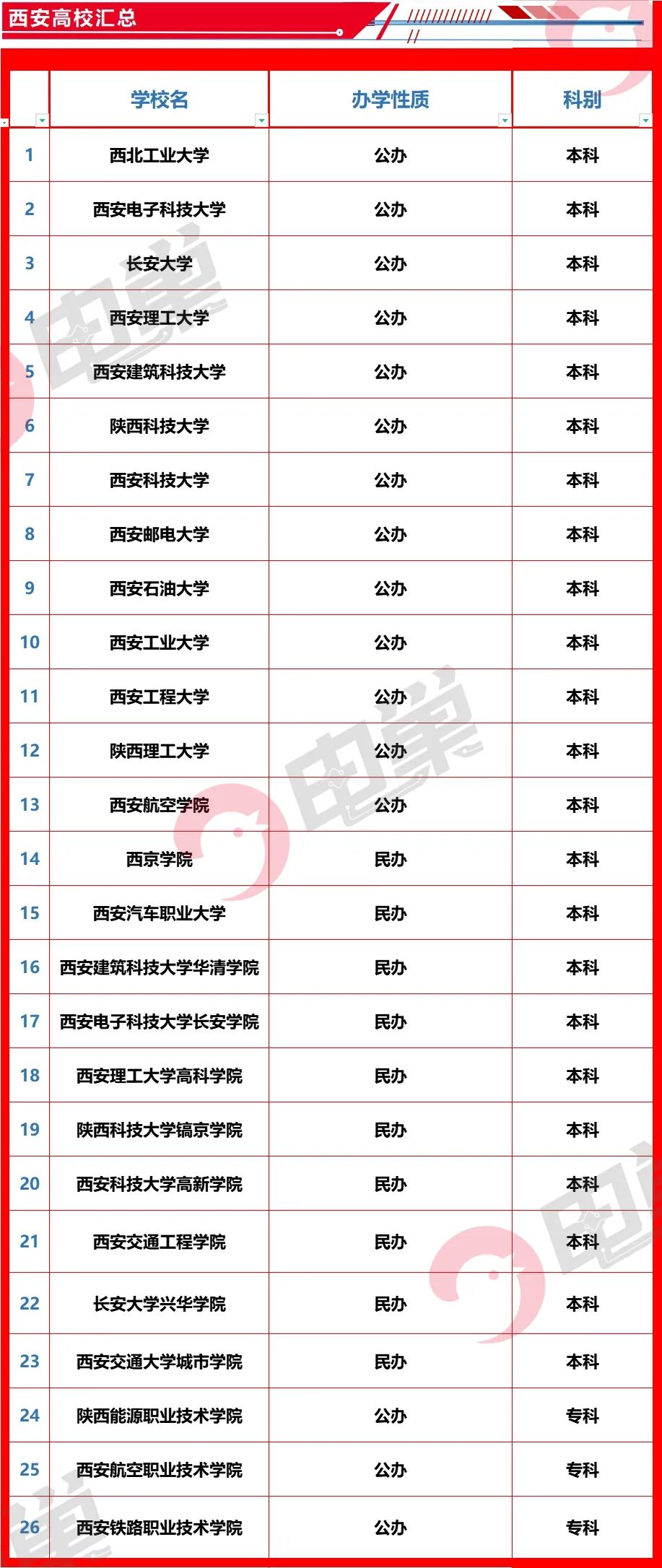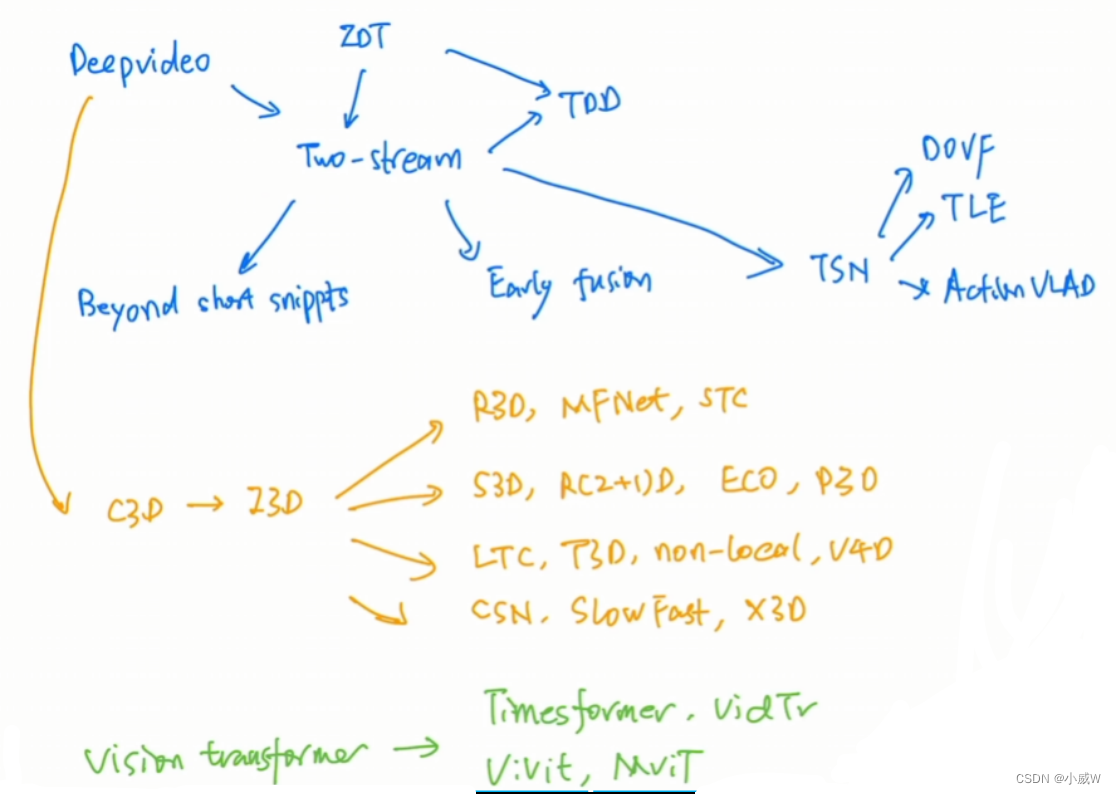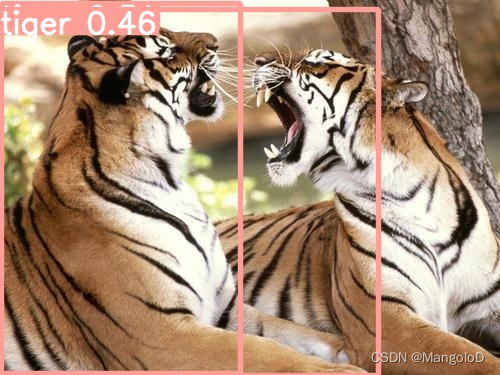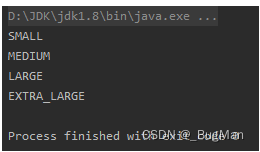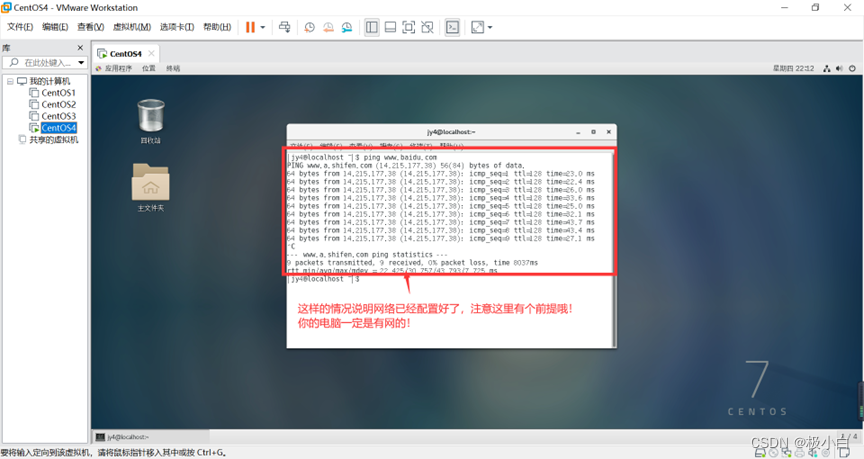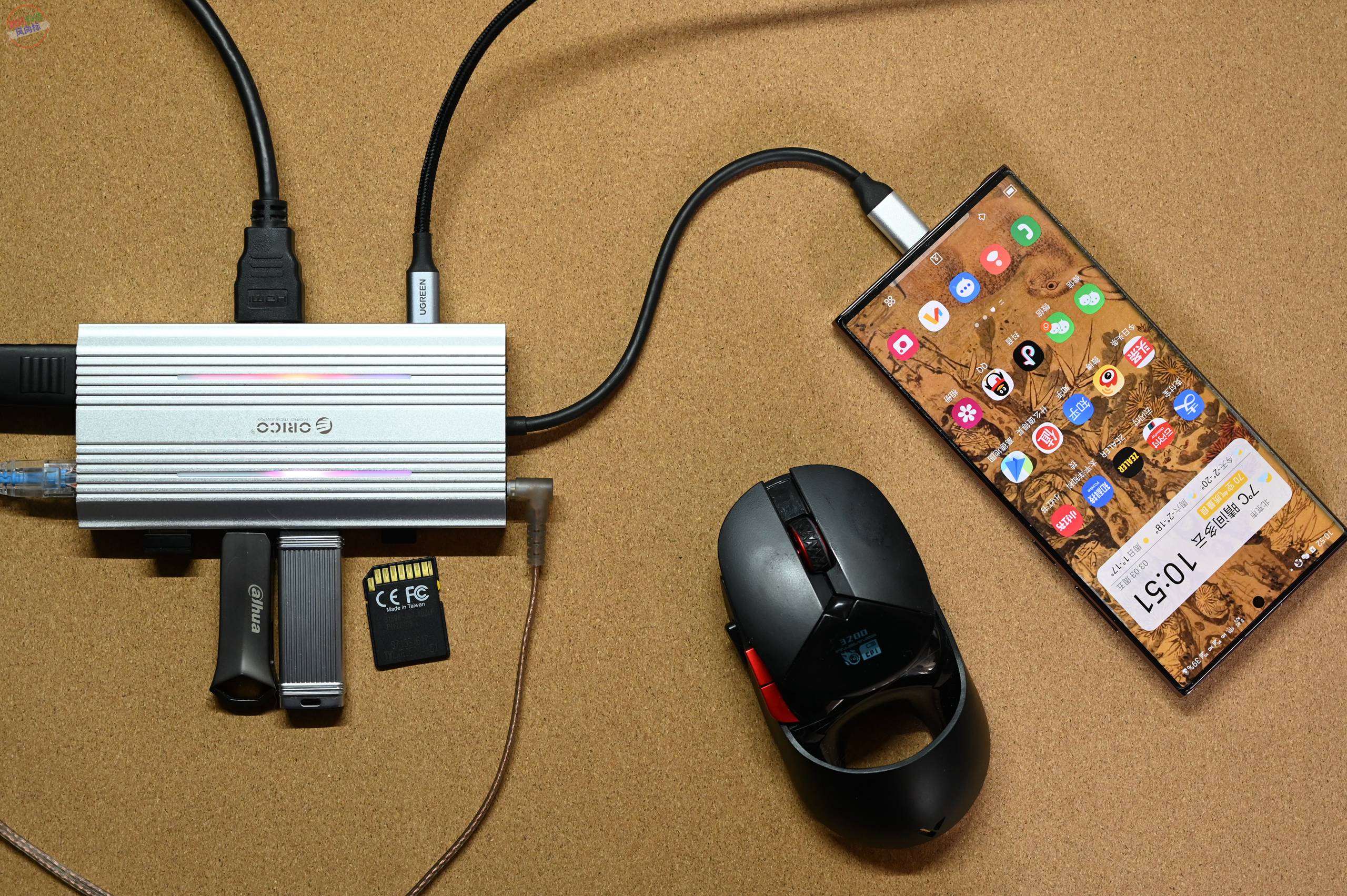快速入门
- 启动类上添加注解
@EnableCaching - 在方法上添加注解
@Cacheable。
@Override
@Cacheable(cacheNames = "value", key = "#code+'_'+#dictKey")
public String getValue(String code, Integer dictKey) {
return baseMapper.getValue(code, dictKey);
}
@Override
@Cacheable(cacheNames = "list", key = "#code")
public List<Dict> getList(String code) {
return baseMapper.getList(code);
}
@Override
@CacheEvict(cacheNames = {"list", "value"}, allEntries = true)
public boolean submit(Dict dict) {
LambdaQueryWrapper<Dict> lqw = Wrappers.<Dict>query().lambda().eq(Dict::getCode, dict.getCode()).eq(Dict::getDictKey, dict.getDictKey());
Long cnt = baseMapper.selectCount(dict.getId() == null ? lqw : lqw.notIn(Dict::getId, dict.getId()));
if (cnt > 0) {
throw new RuntimeException("当前字典键值已存在!");
}
return saveOrUpdate(dict);
}
- 当缓存中存在数据的时候,会优先走缓存,否则会执行接口。
源码解析
@EnableCaching
该类会注入@Import(CachingConfigurationSelector.class),而CachingConfigurationSelector重写了selectImports方法。
@Override
public String[] selectImports(AdviceMode adviceMode) {
switch (adviceMode) {
case PROXY:
return getProxyImports();
case ASPECTJ:
return getAspectJImports();
default:
return null;
}
}
private String[] getProxyImports() {
List<String> result = new ArrayList<>(3);
result.add(AutoProxyRegistrar.class.getName());
result.add(ProxyCachingConfiguration.class.getName());
if (jsr107Present && jcacheImplPresent) {
result.add(PROXY_JCACHE_CONFIGURATION_CLASS);
}
return StringUtils.toStringArray(result);
}
ProxyCachingConfiguration
缓存代理配置类。拦截类CacheInterceptor,切面类CacheOperationSourcePointcut。
@Configuration(proxyBeanMethods = false)
@Role(BeanDefinition.ROLE_INFRASTRUCTURE)
public class ProxyCachingConfiguration extends AbstractCachingConfiguration {
@Bean(name = CacheManagementConfigUtils.CACHE_ADVISOR_BEAN_NAME)
@Role(BeanDefinition.ROLE_INFRASTRUCTURE)
public BeanFactoryCacheOperationSourceAdvisor cacheAdvisor(
CacheOperationSource cacheOperationSource, CacheInterceptor cacheInterceptor) {
BeanFactoryCacheOperationSourceAdvisor advisor = new BeanFactoryCacheOperationSourceAdvisor();
advisor.setCacheOperationSource(cacheOperationSource);
advisor.setAdvice(cacheInterceptor);
if (this.enableCaching != null) {
advisor.setOrder(this.enableCaching.<Integer>getNumber("order"));
}
return advisor;
}
@Bean
@Role(BeanDefinition.ROLE_INFRASTRUCTURE)
public CacheOperationSource cacheOperationSource() {
return new AnnotationCacheOperationSource();
}
@Bean
@Role(BeanDefinition.ROLE_INFRASTRUCTURE)
public CacheInterceptor cacheInterceptor(CacheOperationSource cacheOperationSource) {
CacheInterceptor interceptor = new CacheInterceptor();
interceptor.configure(this.errorHandler, this.keyGenerator, this.cacheResolver, this.cacheManager);
interceptor.setCacheOperationSource(cacheOperationSource);
return interceptor;
}
}
SpringCacheAnnotationParser#isCandidateClass,判断是否会被拦截。
public class SpringCacheAnnotationParser implements CacheAnnotationParser, Serializable {
private static final Set<Class<? extends Annotation>> CACHE_OPERATION_ANNOTATIONS = new LinkedHashSet<>(8);
static {
CACHE_OPERATION_ANNOTATIONS.add(Cacheable.class);
CACHE_OPERATION_ANNOTATIONS.add(CacheEvict.class);
CACHE_OPERATION_ANNOTATIONS.add(CachePut.class);
CACHE_OPERATION_ANNOTATIONS.add(Caching.class);
}
@Override
public boolean isCandidateClass(Class<?> targetClass) {
return AnnotationUtils.isCandidateClass(targetClass, CACHE_OPERATION_ANNOTATIONS);
}
}
CacheAutoConfiguration
自动装配,在spring-boot-autoconfigure中的spring.factoires有引入CacheAutoConfiguration。该类会注入Spring的条件是CacheManger类存在,且Spring容器中存在CacheAspectSupport。因为@EnableCaching引入了CacheInterceptor,CacheInterceptor继承了CacheAspectSupport,所以CacheAutoConfiguration会被注入到Spring容器中。随着CacheAutoConfiguration的成功注入,会注入CacheConfigurationImportSelector和CacheManagerEntityManagerFactoryDependsOnPostProcessor。
@Configuration(
proxyBeanMethods = false
)
@ConditionalOnClass({CacheManager.class})
@ConditionalOnBean({CacheAspectSupport.class})
@ConditionalOnMissingBean(
value = {CacheManager.class},
name = {"cacheResolver"}
)
@EnableConfigurationProperties({CacheProperties.class})
@AutoConfigureAfter({CouchbaseDataAutoConfiguration.class, HazelcastAutoConfiguration.class, HibernateJpaAutoConfiguration.class, RedisAutoConfiguration.class})
@Import({CacheAutoConfiguration.CacheConfigurationImportSelector.class, CacheAutoConfiguration.CacheManagerEntityManagerFactoryDependsOnPostProcessor.class})
public class CacheAutoConfiguration {
public CacheAutoConfiguration() {
}
}
CacheAutoConfiguration.CacheConfigurationImportSelector
CacheAutoConfiguration.CacheConfigurationImportSelector#selectImports,该类重写了selectImports方法,引入了RedisCacheConfiguration等缓存类。
public String[] selectImports(AnnotationMetadata importingClassMetadata) {
CacheType[] types = CacheType.values();
String[] imports = new String[types.length];
for(int i = 0; i < types.length; ++i) {
imports[i] = CacheConfigurations.getConfigurationClass(types[i]);
}
return imports;
}
CacheType
public enum CacheType {
GENERIC,
JCACHE,
EHCACHE,
HAZELCAST,
INFINISPAN,
COUCHBASE,
REDIS,
CAFFEINE,
SIMPLE,
NONE;
}
RedisCacheConfiguration
RedisCacheConfiguration会往spring中注入cacheManager的类。
@Configuration(
proxyBeanMethods = false
)
@ConditionalOnClass({RedisConnectionFactory.class})
@AutoConfigureAfter({RedisAutoConfiguration.class})
@ConditionalOnBean({RedisConnectionFactory.class})
@ConditionalOnMissingBean({CacheManager.class})
@Conditional({CacheCondition.class})
class RedisCacheConfiguration {
RedisCacheConfiguration() {
}
@Bean
RedisCacheManager cacheManager(CacheProperties cacheProperties, CacheManagerCustomizers cacheManagerCustomizers, ObjectProvider<org.springframework.data.redis.cache.RedisCacheConfiguration> redisCacheConfiguration, ObjectProvider<RedisCacheManagerBuilderCustomizer> redisCacheManagerBuilderCustomizers, RedisConnectionFactory redisConnectionFactory, ResourceLoader resourceLoader) {
RedisCacheManagerBuilder builder = RedisCacheManager.builder(redisConnectionFactory).cacheDefaults(this.determineConfiguration(cacheProperties, redisCacheConfiguration, resourceLoader.getClassLoader()));
List<String> cacheNames = cacheProperties.getCacheNames();
if (!cacheNames.isEmpty()) {
builder.initialCacheNames(new LinkedHashSet(cacheNames));
}
if (cacheProperties.getRedis().isEnableStatistics()) {
builder.enableStatistics();
}
redisCacheManagerBuilderCustomizers.orderedStream().forEach((customizer) -> {
customizer.customize(builder);
});
return (RedisCacheManager)cacheManagerCustomizers.customize(builder.build());
}
}
RedisCacheManager
该类继承了AbstractCacheManager,AbstractCacheManager重写了接口InitializingBean的方法,loadCaches是模板方法,具体的业务由子类实现。
@Override
public void afterPropertiesSet() {
initializeCaches();
}
public void initializeCaches() {
Collection<? extends Cache> caches = loadCaches();
synchronized (this.cacheMap) {
this.cacheNames = Collections.emptySet();
this.cacheMap.clear();
Set<String> cacheNames = new LinkedHashSet<>(caches.size());
for (Cache cache : caches) {
String name = cache.getName();
this.cacheMap.put(name, decorateCache(cache));
cacheNames.add(name);
}
this.cacheNames = Collections.unmodifiableSet(cacheNames);
}
}
RedisCacheManager#loadCaches,会创建多个RedisCache的缓存。
protected Collection<RedisCache> loadCaches() {
List<RedisCache> caches = new LinkedList<>();
for (Map.Entry<String, RedisCacheConfiguration> entry : initialCacheConfiguration.entrySet()) {
caches.add(createRedisCache(entry.getKey(), entry.getValue()));
}
return caches;
}
RedisCacheConfiguration#defaultCacheConfig(),加载默认配置,默认的缓存配置是0s,意味着没有缓存时间。
public static RedisCacheConfiguration defaultCacheConfig() {
return defaultCacheConfig(null);
}
public static RedisCacheConfiguration defaultCacheConfig(@Nullable ClassLoader classLoader) {
DefaultFormattingConversionService conversionService = new DefaultFormattingConversionService();
registerDefaultConverters(conversionService);
return new RedisCacheConfiguration(Duration.ZERO, true, true, CacheKeyPrefix.simple(),
SerializationPair.fromSerializer(RedisSerializer.string()),
SerializationPair.fromSerializer(RedisSerializer.java(classLoader)), conversionService);
}
CacheInterceptor
CacheInterceptor重写invoke方法。
public class CacheInterceptor extends CacheAspectSupport implements MethodInterceptor, Serializable {
@Override
@Nullable
public Object invoke(final MethodInvocation invocation) throws Throwable {
Method method = invocation.getMethod();
CacheOperationInvoker aopAllianceInvoker = () -> {
try {
return invocation.proceed();
}
catch (Throwable ex) {
throw new CacheOperationInvoker.ThrowableWrapper(ex);
}
};
Object target = invocation.getThis();
Assert.state(target != null, "Target must not be null");
try {
return execute(aopAllianceInvoker, target, method, invocation.getArguments());
}
catch (CacheOperationInvoker.ThrowableWrapper th) {
throw th.getOriginal();
}
}
}
CacheAspectSupport#execute(),获取CacheOperation,执行缓存的相关逻辑。
@Nullable
protected Object execute(CacheOperationInvoker invoker, Object target, Method method, Object[] args) {
// Check whether aspect is enabled (to cope with cases where the AJ is pulled in automatically)
if (this.initialized) {
Class<?> targetClass = getTargetClass(target);
CacheOperationSource cacheOperationSource = getCacheOperationSource();
if (cacheOperationSource != null) {
Collection<CacheOperation> operations = cacheOperationSource.getCacheOperations(method, targetClass);
if (!CollectionUtils.isEmpty(operations)) {
return execute(invoker, method,
new CacheOperationContexts(operations, method, args, target, targetClass));
}
}
}
return invoker.invoke();
}
AbstractFallbackCacheOperationSource#getCacheOperations获取注解信息,为了避免重复解析,进行了缓存优化。已经解析过的方法直接从缓存中获取。
public Collection<CacheOperation> getCacheOperations(Method method, @Nullable Class<?> targetClass) {
if (method.getDeclaringClass() == Object.class) {
return null;
}
Object cacheKey = getCacheKey(method, targetClass);
Collection<CacheOperation> cached = this.attributeCache.get(cacheKey);
if (cached != null) {
return (cached != NULL_CACHING_ATTRIBUTE ? cached : null);
}
else {
Collection<CacheOperation> cacheOps = computeCacheOperations(method, targetClass);
if (cacheOps != null) {
if (logger.isTraceEnabled()) {
logger.trace("Adding cacheable method '" + method.getName() + "' with attribute: " + cacheOps);
}
this.attributeCache.put(cacheKey, cacheOps);
}
else {
this.attributeCache.put(cacheKey, NULL_CACHING_ATTRIBUTE);
}
return cacheOps;
}
}
CacheAspectSupport#execute(),缓存中存在数据,则不会进行方法调用,缓存中不存在数据,进行缓存的更新。
@Nullable
private Object execute(final CacheOperationInvoker invoker, Method method, CacheOperationContexts contexts) {
// Special handling of synchronized invocation
if (contexts.isSynchronized()) {
CacheOperationContext context = contexts.get(CacheableOperation.class).iterator().next();
if (isConditionPassing(context, CacheOperationExpressionEvaluator.NO_RESULT)) {
Object key = generateKey(context, CacheOperationExpressionEvaluator.NO_RESULT);
Cache cache = context.getCaches().iterator().next();
try {
return wrapCacheValue(method, handleSynchronizedGet(invoker, key, cache));
}
catch (Cache.ValueRetrievalException ex) {
// Directly propagate ThrowableWrapper from the invoker,
// or potentially also an IllegalArgumentException etc.
ReflectionUtils.rethrowRuntimeException(ex.getCause());
}
}
else {
// No caching required, only call the underlying method
return invokeOperation(invoker);
}
}
// Process any early evictions
processCacheEvicts(contexts.get(CacheEvictOperation.class), true,
CacheOperationExpressionEvaluator.NO_RESULT);
// Check if we have a cached item matching the conditions
Cache.ValueWrapper cacheHit = findCachedItem(contexts.get(CacheableOperation.class));
// Collect puts from any @Cacheable miss, if no cached item is found
List<CachePutRequest> cachePutRequests = new ArrayList<>();
if (cacheHit == null) {
collectPutRequests(contexts.get(CacheableOperation.class),
CacheOperationExpressionEvaluator.NO_RESULT, cachePutRequests);
}
Object cacheValue;
Object returnValue;
if (cacheHit != null && !hasCachePut(contexts)) {
// If there are no put requests, just use the cache hit
cacheValue = cacheHit.get();
returnValue = wrapCacheValue(method, cacheValue);
}
else {
// Invoke the method if we don't have a cache hit
returnValue = invokeOperation(invoker);
cacheValue = unwrapReturnValue(returnValue);
}
// Collect any explicit @CachePuts
collectPutRequests(contexts.get(CachePutOperation.class), cacheValue, cachePutRequests);
// Process any collected put requests, either from @CachePut or a @Cacheable miss
for (CachePutRequest cachePutRequest : cachePutRequests) {
cachePutRequest.apply(cacheValue);
}
// Process any late evictions
processCacheEvicts(contexts.get(CacheEvictOperation.class), false, cacheValue);
return returnValue;
}
CacheAspectSupport#findCachedItem,判断缓存中是否有数据。
private Cache.ValueWrapper findCachedItem(Collection<CacheOperationContext> contexts) {
Object result = CacheOperationExpressionEvaluator.NO_RESULT;
for (CacheOperationContext context : contexts) {
if (isConditionPassing(context, result)) {
Object key = generateKey(context, result);
Cache.ValueWrapper cached = findInCaches(context, key);
if (cached != null) {
return cached;
}
else {
if (logger.isTraceEnabled()) {
logger.trace("No cache entry for key '" + key + "' in cache(s) " + context.getCacheNames());
}
}
}
}
return null;
}
CacheAspectSupport.CacheOperationContext#generateKey,获取key,这里用到了Spring的表达式。
protected Object generateKey(@Nullable Object result) {
if (StringUtils.hasText(this.metadata.operation.getKey())) {
EvaluationContext evaluationContext = createEvaluationContext(result);
return evaluator.key(this.metadata.operation.getKey(), this.metadata.methodKey, evaluationContext);
}
return this.metadata.keyGenerator.generate(this.target, this.metadata.method, this.args);
}
RedisCache
获取数据
根据key获取缓存数据,AbstractValueAdaptingCache#get(java.lang.Object)
public ValueWrapper get(Object key) {
return toValueWrapper(lookup(key));
}
RedisCache#lookup,这里默认使用字符串序列化器对key进行序列化,用JDK序列器对value进行序列化。
@Override
protected Object lookup(Object key) {
byte[] value = cacheWriter.get(name, createAndConvertCacheKey(key));
if (value == null) {
return null;
}
return deserializeCacheValue(value);
}
RedisCache#prefixCacheKey,会将缓存的name和key拼接在一起。格式name::key。
private String prefixCacheKey(String key) {
// allow contextual cache names by computing the key prefix on every call.
return cacheConfig.getKeyPrefixFor(name) + key;
}
RedisCache#serializeCacheKey,根据生成的key进行序列化。这里有用到ByteBuff。
protected byte[] serializeCacheKey(String cacheKey) {
return ByteUtils.getBytes(cacheConfig.getKeySerializationPair().write(cacheKey));
}
DefaultRedisCacheWriter#get,根据生成的key的字节数组来获取缓存中的数据。
@Override
public byte[] get(String name, byte[] key) {
Assert.notNull(name, "Name must not be null!");
Assert.notNull(key, "Key must not be null!");
byte[] result = execute(name, connection -> connection.get(key));
statistics.incGets(name);
if (result != null) {
statistics.incHits(name);
} else {
statistics.incMisses(name);
}
return result;
}
RedisCache#deserializeCacheValue,反序列化转成对象。
@Nullable
protected Object deserializeCacheValue(byte[] value) {
if (isAllowNullValues() && ObjectUtils.nullSafeEquals(value, BINARY_NULL_VALUE)) {
return NullValue.INSTANCE;
}
return cacheConfig.getValueSerializationPair().read(ByteBuffer.wrap(value));
}
存储数据
RedisCache#put
@Override
public void put(Object key, @Nullable Object value) {
Object cacheValue = preProcessCacheValue(value);
if (!isAllowNullValues() && cacheValue == null) {
throw new IllegalArgumentException(String.format(
"Cache '%s' does not allow 'null' values. Avoid storing null via '@Cacheable(unless=\"#result == null\")' or configure RedisCache to allow 'null' via RedisCacheConfiguration.",
name));
}
cacheWriter.put(name, createAndConvertCacheKey(key), serializeCacheValue(cacheValue), cacheConfig.getTtl());
}
DefaultRedisCacheWriter#put,判断是否需要过期时间。RedisCache的缓存配置和CacheManager的缓存配置是一致的,默认的缓存配置ttl就是0s,所以没有过期时间。
@Override
public void put(String name, byte[] key, byte[] value, @Nullable Duration ttl) {
Assert.notNull(name, "Name must not be null!");
Assert.notNull(key, "Key must not be null!");
Assert.notNull(value, "Value must not be null!");
execute(name, connection -> {
if (shouldExpireWithin(ttl)) {
connection.set(key, value, Expiration.from(ttl.toMillis(), TimeUnit.MILLISECONDS), SetOption.upsert());
} else {
connection.set(key, value);
}
return "OK";
});
statistics.incPuts(name);
}
private static boolean shouldExpireWithin(@Nullable Duration ttl) {
return ttl != null && !ttl.isZero() && !ttl.isNegative();
}
设置过期时间
@Bean
public CacheManager cacheManager(@Autowired RedisConnectionFactory connectionFactory) {
return RedisCacheManager
.builder(connectionFactory)
.cacheDefaults(RedisCacheConfiguration.defaultCacheConfig().entryTtl(Duration.ofMinutes(5)))
.transactionAware()
.build();
}


